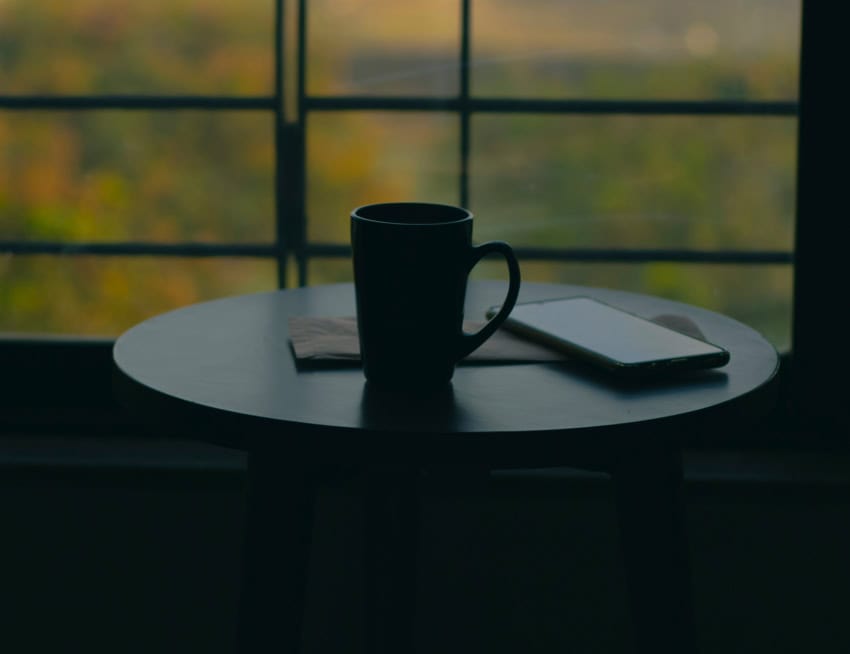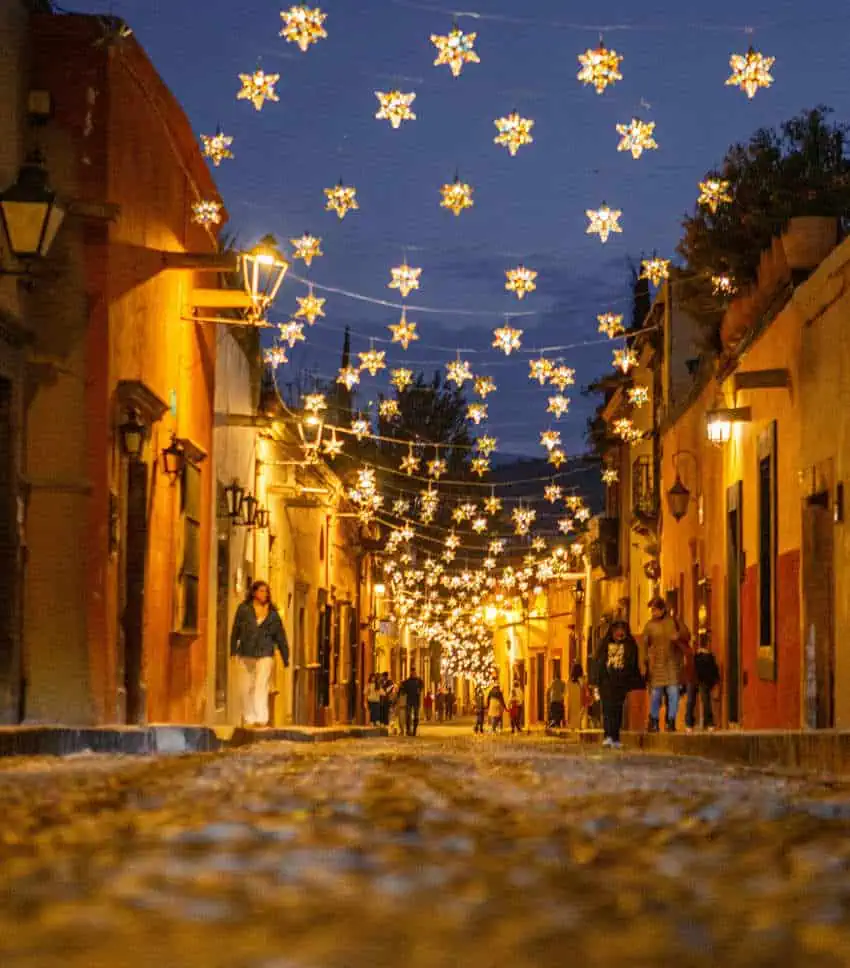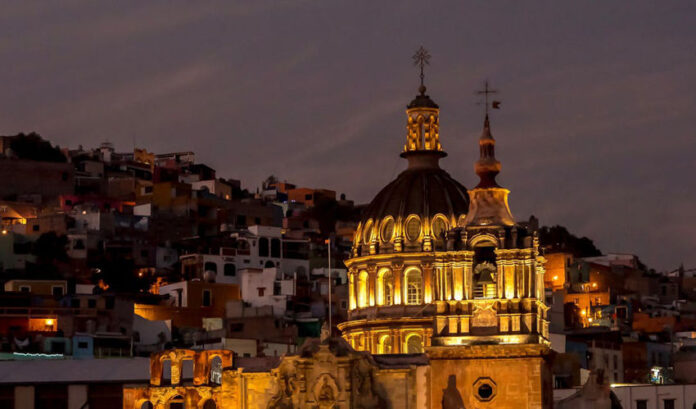My body wakes naturally around 3 a.m.
Each morning, I lie in bed for a few moments, looking out at the Guanajuato night. Then I slip silently out of bed, careful not to wake my beloved. The early morning, my solo sanctuary, is my favorite time of the day, and not to be disturbed by anyone other than birds.

Downstairs, I turn on the coffee, then settle into my comfy armchair in our sala to read inspiring literature, listen to Spanish podcasts and write in my journal.
This time of day was known as matins or vigil in ancient Christianity. The Tzeltal, an Indigenous people who live in the Chiapas highlands, view the predawn darkness as a holy time, when the veil between the human and supernatural worlds thins. I feel I’m in a private, intimate world all my own. I sometimes remember my sister saying that when she nursed her firstborn at this gentle time, she felt like a doe with her fawn.
When people ask me why I get up so early, I explain that it’s not my choice so much as my innate biorhythm. A person’s sleep schedule preference is closely tied to their circadian rhythms, the natural physical process that follows a similar cycle every 24 hours. I used to worry that I wasn’t getting enough quality REM rest, but my sleep pattern doesn’t affect my energy level during the day, especially because Barry and I have a lie-down on our sofa almost every afternoon.
Barry and I divide our lives between the city of Guanajuato and Eureka, California, and I wake at the same time in both places. But in California — which is part of an early-rising culture — I wake Barry around 4:15 a.m., whereas in Guanajuato, at 6:30 a.m. because the cafe he likes doesn’t open til 7:30 a.m.
In both towns, we take a stroll around the neighborhood, then I drop him off at the cafe, where he’ll stay for an hour, while I return home.
When we’re traveling, we sleep in, but not much by other people’s standards. Last March, for example, Barry and I stayed at a small hotel in Tepotzlán, near Mexico City. We loved the hotel — other than the breakfast time.

The meal wasn’t served til 8:30 a.m. Clearly a challenge! To fill the waiting time, we went on an early morning walk every morning. Not a bad choice — it was calm and cool at that hour — though I’d have liked the option to have good coffee first. My solution was to carry a portable hot water immerser, a plastic mug and instant coffee — a shabby substitute for the real thing, but así es.
After returning from our walk, we’d have liked nothing better than to enjoy a dip in the pool, but no such luck, as the staff didn’t remove the pool cover til 10 a.m., and there was no way to sneak under it. Believe me, I considered it.
It turns out, not only do individuals have biorhythms, but so do cultures. According to the World Population Review, countries like Switzerland, Australia and Germany are examples of early-morning cultures, while Mediterranean, southern European and Latin American countries tend to have night owl patterns.
A nation’s location influences its culture, with countries closer to the equator (like some in Latin America) having more natural light throughout the day and a tendency to be more active at night. There are exceptions, though.
One is Colombia, the world’s earliest-rising country, where households often start their day around 4 a.m., although, according to El País, that doesn’t make them more productive. The second earliest-rising country is Indonesia (6:55 a.m.), while Mexicans, along with the Japanese, rise at 7:09 a.m. Americans get up at 7:25 a.m.
Weather contributes too. In the ’80s, when Barry and I lived in the Pacific Northwest, I steeled myself to get up early to write before I went to work, dreading it because it was so cold. To save money, we didn’t turn the heat on til; later in the day.
As for shopping, in Guanajuato, the only stores that open at 8 a.m. are La Comer supermarket, Waldo’s (Mexico’s Dollar Store), and another supermarket, Bodega Aurora, which I avoid, as it’s owned by Walmart. But I love my walk to La Comer.
It takes me about 15 minutes through one of the city’s tunnels to reach the supermarket, which is calm and uncrowded at that hour. I wish more Mexican stores would open that early. ¡Ojalá! Many of the stalls in the Hidalgo Mercado aren’t even open at noon. And the department store La Marina doesn’t open til 11 a.m. The nerve!
I also wish the weekly Guanajuato symphony would start earlier. It used to begin at 8:30 p.m., past my bedtime, but at least it now starts half an hour earlier.
Still, I feel fortunate to be a natural early riser, perky even at 3 a.m. Some studies show that people who wake earlier are less likely to develop depression, anxiety and other mood disorders, probably because early risers have more access to daylight, a natural mood booster.
Biorhythmically challenged as I am in Mexico, my unending fascination with its ancient culture, coupled with the country’s many beauties and friendly people, more than make up for later opening hours. Whatever time shops open, it is an honor and a privilege to live here.
Louisa Rogers and her husband Barry Evans divide their lives between Guanajuato and Eureka, on California’s North Coast. Louisa writes articles and essays about expat life, Mexico, travel, physical and psychological health, retirement and spirituality. Her recent articles are on her website, https://authory.com/LouisaRogers
